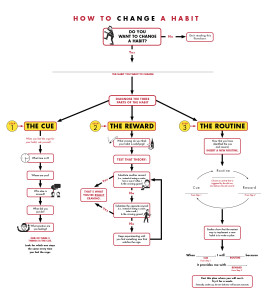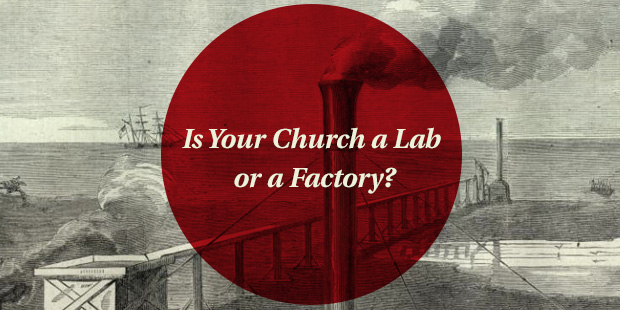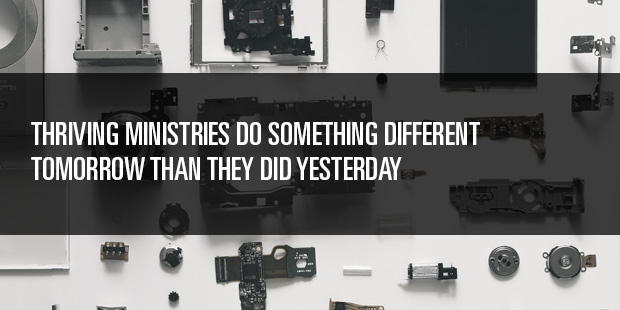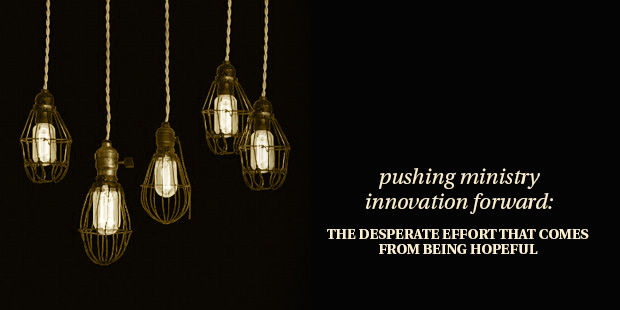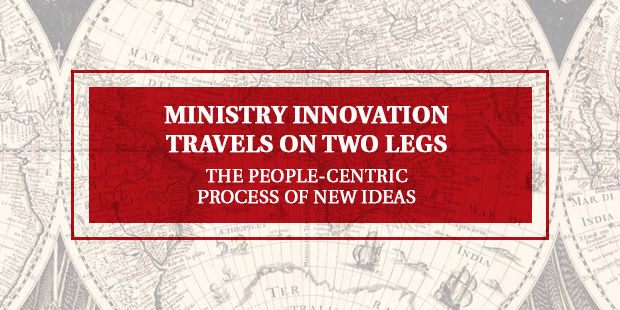
Ministry Innovation Travels on Two Legs: The People-Centric Process of New Ideas
When we talk about things like disruption and radical innovation, and innovation tools and processes, it’s easy to forget that people drive innovation. But if innovation is a process (and it is), it is surely a people-centric process.
This means that innovative ideas spread from person to person – and even though we have tools now that make this easier, it still mostly happens one person at a time.
I’ve run across a few examples of this recently. The first is in the book Start-Up Nation by Dan Senor and Saul Singer. They talk about “the seminar” – the six-month series of meetings that David Ben-Gurion undertook to try to understand how to prepare for the conflict he viewed as inevitable once Israel was declared in independent state:
He spent days and nights meeting with, probing, and listening to military men up and down the ranks. … Ben-Gurion was keenly aware that the midst of ongoing fighting, and plan for the existential threats that were nearing.
At the end of the seminar, Ben-Gurion wrote of the men’s confidence in their readiness: “We have to undertake difficult work – to uproot from the hearts of men who are close to the matter the belief that they have something. In fact, they have nothing. They have good will, they have hidden capacities, but they have to know: to make a shoe one has to study cobbling.”
Senor & Singer go on to describe how Israeli companies use similar approaches to prepare for disruptive innovations in modern times. In both cases, it is the face-to-face contact that both generates the new ideas and then helps them to spread.
Warwick Absolon told a similar story in an Executive Education innovation course a couple of weeks ago. He talked about the innovation program that he has been running for the past three years. One of the critical components of building that capability is the series of meetings that he held all around their Australia-New Zealand region. Warwick travelled to all of the main offices, where he held workshops all day long. In each spot, he told people that meetings would start every hour on the hour, and he would talk about innovation with whoever showed up.
This approach worked. The face-to-face meetings accomplished several things:
- They demonstrated a much higher level of commitment than you get from a memo, or an intranet announcement.
- Because attendance was purely voluntary, Warwick was able to identify most of the people in the firm with an interest in innovation. He calls this “assembling my tribe.”
- In face-to-face meetings, people were willing to tell him what was working and what wasn’t.
The main thing that Warwick built through this process was buy-in.
Atul Gawande wrote a great piece in the New Yorker last week on how ideas spread. Here is what he says about it:
In the era of the iPhone, Facebook, and Twitter, we’ve become enamored of ideas that spread as effortlessly as ether. We want frictionless, “turnkey” solutions to the major difficulties of the world—hunger, disease, poverty. We prefer instructional videos to teachers, drones to troops, incentives to institutions. People and institutions can feel messy and anachronistic. They introduce, as the engineers put it, uncontrolled variability.
But technology and incentive programs are not enough. “Diffusion is essentially a social process through which people talking to people spread an innovation,” wrote Everett Rogers, the great scholar of how new ideas are communicated and spread. Mass media can introduce a new idea to people. But, Rogers showed, people follow the lead of other people they know and trust when they decide whether to take it up. Every change requires effort, and the decision to make that effort is a social process.
Innovation is social. It is people-centric. Innovation requires a change in behavior, and that is why we need to activate our networks to get new ideas to spread.
In a workshop yesterday I was asked “How can I find out what people want? It seems like the only way to do that is to talk to them, and that’s so slow.”
It is slow. But that’s still the best way to do it. Talk to people, all the time. That’s how you’ll get new ideas, and it’s how you’ll get them to spread.
Even in our wired world, innovation travels on two legs.
Read more from Tim here.

Tags: Innovation, Leadership Engine, Tim Kastelle














